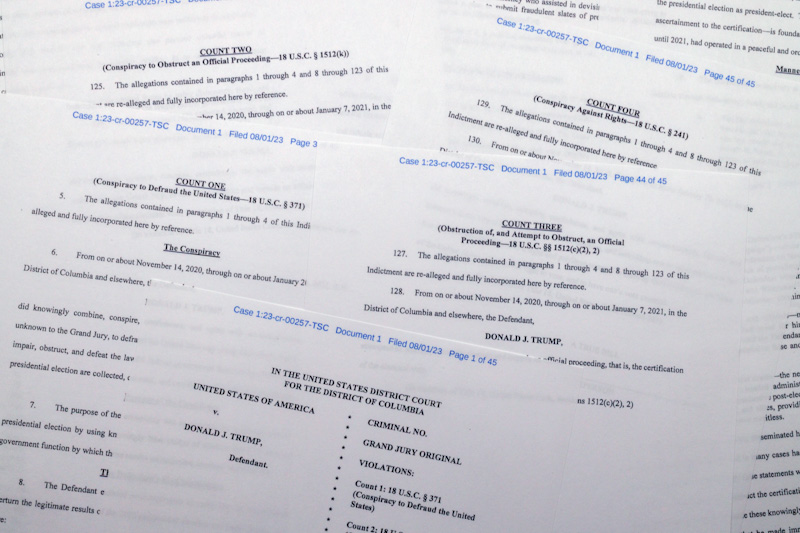Federal Circuit Affirms Mixed Rulings for Patent Owner Based on ‘Ordinary Meaning’ of Claim Phrase
“The CAFC agreed with the Board, explaining that the phrase ‘Identifying a single biomolecule’ has an ordinary meaning ‘on its face and in context.’
The U.S. Court of Appeals for the Federal Circuit (CAFC) in a precedential decision today affirmed two decisions of the Patent Trial and Appeal Board (PTAB) that invalidated some claims and upheld others of a patent owned by Personal Genomics Taiwan, Inc.
Based on the PTAB’s claim construction, which the CAFC agreed with, the decision held that Pacific Biosciences had failed to prove the prior art taught the limitation of the preamble phrase of claim 1 in one inter partes review, (IPR) but did prove a different prior art reference taught the limitation in the other proceeding.
According to the opinion, U.S. Patent No. 7,767,441 “describes and claims an ‘apparatus for identifying a single biomolecule’ as well as methods of using or making that apparatus.” The PTAB understood the preamble phrase to claim 1, “[a]n apparatus for identifying a single biomolecule…,” read in light of the specification, to mean that the claim “contemplates running myriad optical detection apparatuses in parallel to detect a single or individual biomolecule in each such apparatus.” This “requires that the apparatus have the capability to characterize (determine the identity of) a biomolecule by examining that biomolecule alone, with no copies created to form an ensemble for examination,” said the CAFC in its opinion.
Pacific Biosciences had argued that the apparatus could meet the limitation if it was able to “characterize a biomolecule by making copies, examining the resulting ensemble, and inferring the identity of the starter biomolecule.” But the PTAB rejected this interpretation based on the specification.
The CAFC agreed with the Board, explaining that the phrase “identifying a single biomolecule” has an ordinary meaning “on its face and in context.” In particular, said the court, “[t]he striking feature of the phrase is its inclusion of the word ‘single.’” The use of “single” combined with the language of the specification, which the CAFC said “repeatedly stress[es]” that the “single biomolecule” capability is critical to the invention, confirmed the Board’s interpretation in the court’s view.
While Pacific Biosciences had attempted to argue that the PTAB conflated “identifying” a single molecule with “detecting” one, the CAFC said the patent explicitly addresses the problem:
“We need not deny that, in some contexts, one might say that a molecule can be identified by following processes for making copies, examining the resulting ensemble, and inferring the identity of the starting molecule. But the ’441 patent recognizes the problems with such processes and seeks to avoid those problems by claiming an apparatus capable of identification by single-molecule examination. Such a claim does not “conflat[e]” identification with detection but instead uses a detection requirement to specify a particular identification capability.”
Based on that construction, reviewing for substantial evidence, the CAFC agreed with the Board’s finding that the prior art reference presented in IPR2020-01200, Hassibi, does not disclose “identifying a single biomolecule,” and that the prior art reference in IPR2020-01163, Choumane, does. Addressing conflicting expert testimony from Pacific Biosciences and Personal Genomics on the teachings of the Choumane reference, the court explained that the PTAB’s crediting of Pacific Bioscience’s expert was reasonable and that “[w]here the overall evidence reasonably allows the Board’s factual finding on a point, we do not ‘reweigh the evidence’ to reject that finding.”
Thus, claims 7, 10–22, 24, and 27–36 of the ‘441 patent were upheld as patentable, while claims 1–6, 9, and 43–58 were deemed unpatentable.
Eileen McDermott
Eileen McDermott is the Editor-in-Chief of IPWatchdog.com. Eileen is a veteran IP and legal journalist, and no stranger to the intellectual property world, having held editorial and managerial positions at […see more]







